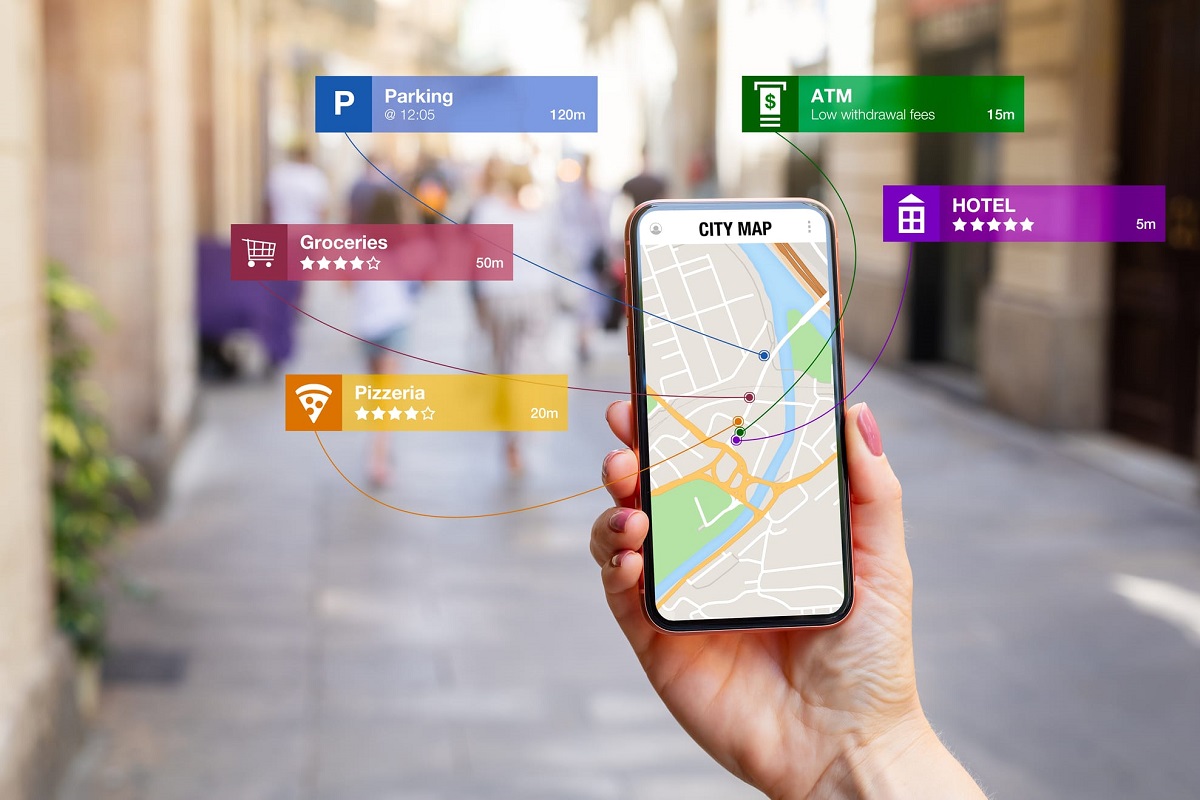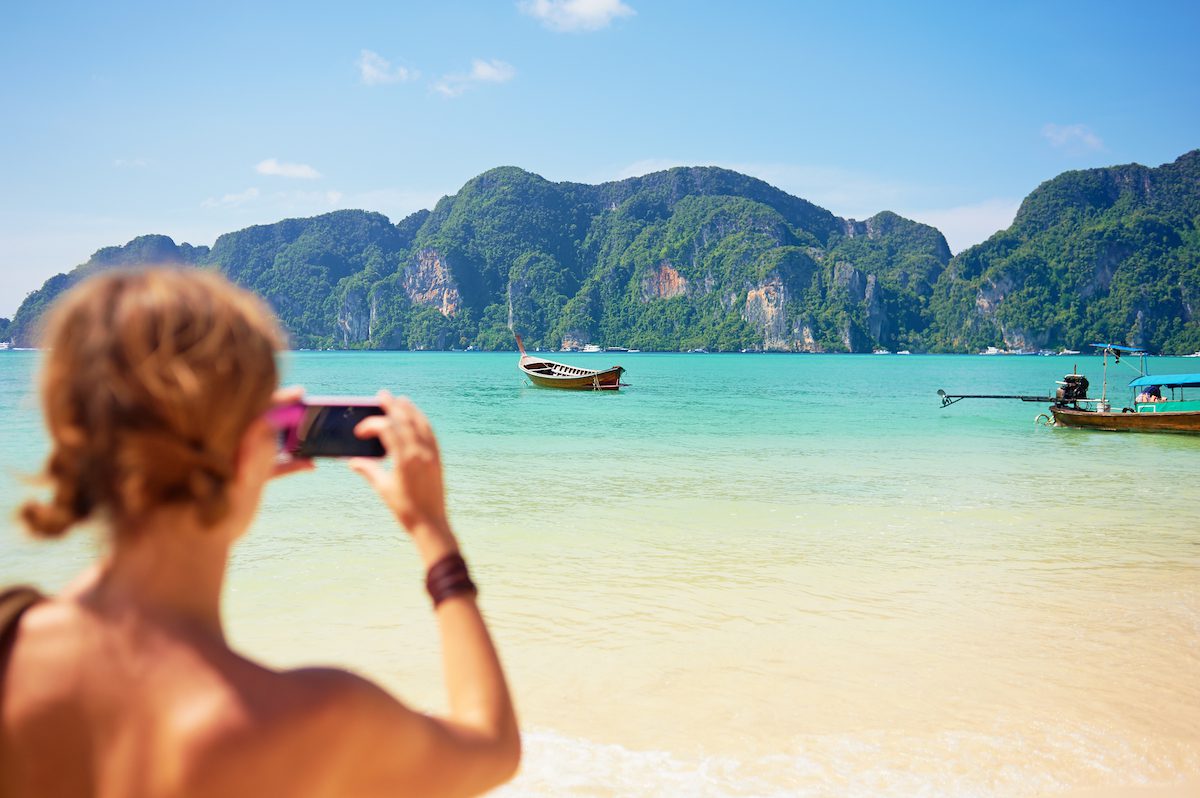The effects of the COVID-19 pandemic still reverberate across the globe as businesses try to steady themselves after the harrowing two and half years.
It is safe to say that the global travel restrictions meant to curtail the spread of the pandemic had a severe effect on the travel and tourism industry worldwide.
As humans, our ability to adapt is one of our main strengths and the pandemic once again proved the notion right.
And whereas the global tourism industry is yet to hit top speed again, there has been a positive learning curve for many stakeholders looking to save their businesses. Coming up with innovations to supplement their revenue in rather harsh situations.
The industry has seen a wider adoption of technologies such as web3, NFT, crypto, new payments, and others that have vastly improved the travel experience for their clients.
There has also been wider adoption of green technologies as companies look to reduce carbon emissions.
In light of the torrid experience faced as the industry navigated the global crisis, the new adaptations leave the travel and tourism industry in a much better place than before the pandemic.
Positive Impact of the Pandemic on the Tourism and Travel Industry
These are the positive impacts of the COVID19 pandemic on the tourism and travel industry.
Sustainability and Resilience
Since long before the pandemic, talks of sustainable tourism have been underway. However, the coming of the pandemic put extra emphasis on the travel industry’s need for change.

The pandemic has brought technology, environmental protection, capacity building, and interdependence to the forefront of every country’s travel industry.
The industry has since then experienced a series of technological development, change, and overall improvement hence strengthening its sustainability and resilience in the face of challenges.
For example; countries are now more focused on promoting local tourism and embracing technology.
Digitalization/ New Technology
Due to the implementation of social and physical distance, the tourism and travel industry has gravitated towards the digitalization of many of its aspects.
Many destinations around the world have resorted to using online platforms like social media to communicate with guests, and potential customers, and market different holidays.
The rise of content creation has become one of the main marketing tools in the industry. The use of web platforms like Expedia, booking.com, Airbnb, google maps, and others has become key in the planning phase of the tourism industry.
Hoteliers now use digital tools to communicate with suppliers, customers, contractors, and conduct other business.
The industry has witnessed the rise of artificial intelligence in a bid to create a more personalized, safe, and convenient environment.

The pandemic has led to the introduction of digitalized products and services like online menus, 3D virtual travel, service robots, butler robots, digital guidebooks, menus, keycards, travel planning apps, and others.
The pandemic has transformed the originally manual industry by removing long processes with countless paper trails and simplifying the booking and traveling process altogether.
For example, the introduction of digital vaccine passports made it possible to make informed travel decisions in real-time during the pandemic.
The industry has mostly thrived on the creation of contactless technology that is meant to keep travelers safe and provide instant access to assistance and information through digital solutions like contactless check-in, mobile applications, and concierge support through WhatsApp.
Such technologies help travelers feel safe, and at ease making it possible to enjoy their experience.
Local Tourism Trends
During the pandemic, many countries have embraced strategies to reimage their tourism sectors and make them more appealing to the local market.
The effects of the pandemic affected the tourism industry greatly and one of the ways to recover is through strategizing, supply chain management, and reimaging.
Local tourism has returned to its glory due to the travel restrictions that have limited international travel requirements. Travel restrictions on domestic tourism during the pandemic were significantly less as there was no requirement for vaccination or COVID tests required before travel.

People are now more interested in discovering the gems in their homelands, and neighboring countries.
Travelers also generally feel safer when they are closer to home in case of any global changes like the pandemic thus the rise of the local tourism trends.
New Payment Methods Adopted
The relationship between the travel industry and the finance industry has for a long time been complex. The travel industry faced a major setback in the pandemic that led to the loss of huge sums of money in the industry in 2020.
Mass cancellations and refunds became the order of the day in the industry leaving a trail of losses across the industry globally. Due to these losses and the slow recovery of the industry, there have been adoptions of new payment methods to curb cases of mismanagement and make transactions as straightforward as possible.
Travel businesses have embraced tech solutions to operate more fluidly and emerge at the forefront post-pandemic.
Some of the payment methods adopted include; cryptocurrencies, digital payment through mobile money, QR code payments, digital wallets, and other fintech solutions.
Less Crowding and Undiscovered Gems
The pandemic left many people uneasy amongst crowds and more interested in more secluded destinations.
As a result, many destinations have taken up the concept of “less crowding” and/or “undiscovered gem” where travelers can go to enjoy seclusion while they keep their distance from the rest of the world.
One of the destinations that are benefiting from this trend is Southern Tanzania as an undiscovered gem since the Northern and Eastern parts of the country have been the most advertised over the years.
The parks in the South are home to some of the incredible big five wildlife including at least 10% of the world’s lion population and the country’s largest collection of bird species.

Travelers can enjoy great scenery, hidden gems, and authentic experiences with the locals. There are also breathtaking beaches and various marine attractions from the Indian Ocean.
More remote destinations in the industry are more exposed and with a greater chance to succeed.
Negative Impact of the Pandemic on the Tourism and Travel Industry
Below is the negative impact of the COVID19 pandemic on the tourism and travel industry.
Global Travel Collapse
The tourism and travel industry was accountable for 10% of the global GDP making it one of the most important industries in the economy of the world.
The coming of the pandemic in 2020 led to the global travel collapse which led to the loss of over 320 million jobs worldwide and putting millions more at risk.
Due to the enforcement of travel restrictions worldwide, the industry was shut down leading to a global economic crisis that greatly affected countries that depend on the tourism and travel industry.
There was a closure of airports, hotels, restaurants, and other businesses in the hospitality industry thus the shutdown of the industry. The industry is currently recovering from the effects of the pandemic.
Countries that Whose Tourism and Travel Industry Has Recovered Since the Pandemic
Several countries around the world have experienced a major setback in their tourism and travel industry since the COVID-19 pandemic.
However, the tourism industry is now recovering and continuing to grow as we move on from the pandemic.
Every country on earth has unique features to offer tourists but some countries have seen a faster recovery than the rest of the world.
Here are some of the countries whose tourism and travel industry has recovered since the pandemic; Egypt, Norway, Cooke Islands, Belize, Mauritius, Slovenia, Anguilla, Oman, Nepal, and Malawi.
Travelers are more interested in hidden gems than crowded locations that have been popular tourist attractions over the years before the pandemic.
Now you are ready to start your journey into this significant undertaking. Visit our blog to see more adventures you must experience.
Pearce Kibaale is a freelance writer, content creator, and CEO of Trip Dhow.


